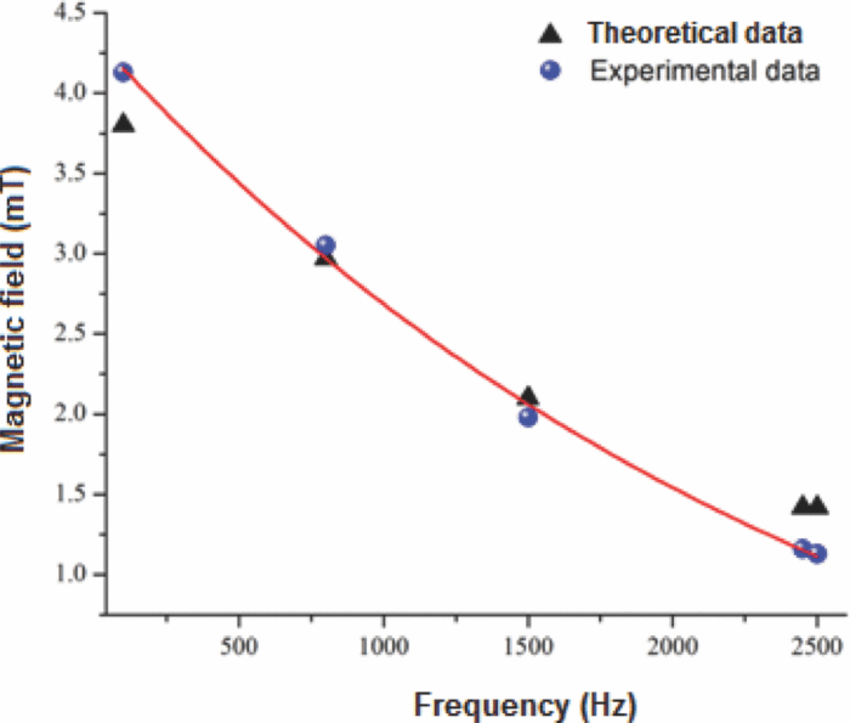An article published in the Review of Scientific Instruments in 2013. The authors present a portable device for magnetic stimulation and its effects on the survival and proliferation of human lymphocytes. The study investigates the influence of magnetic fields on biological systems, particularly on human lymphocytes.
The key points from the provided text include: PDF RSI-Portable
- Purpose of the Study: To assess a new procedure that stimulates growing cells with a magnetic field and ferrofluid to increase the number of proliferating cells and cellular viability.
- Device Description: The device combines hardware, software, and a magnetic field source to create a controlled magnetic environment for cell stimulation.
- Methodology: The device uses a Rodin coil system to generate magnetic vortices at various frequencies ranging from 100 to 2500 Hz and intensities from 1.13 to 4.13 mT. A paramagnetic ferrofluid is added to the cell culture medium to enhance stimulation effects.
- Frequencies Used: The device worked at specific frequencies of 100, 800, 1500, 2450, and 2500 Hz.
-
- Application Method: The frequency cycle involved stimulating the sample for 360 seconds (6 minutes) at each frequency, and this cycle was repeated four times in a pilot work, totaling 2 hours of stimulation.
- Segmentation: The stimulation was segmented, meaning that after every 6 minutes at one frequency, the device would switch to the next frequency.
- Intensity Variation: Along with the frequency changes, the magnetic field intensity also changed, ranging from 1.13 mT to 4.13 mT depending on the frequency applied.
- Results: The study suggests that varying the frequency and magnetic field intensity has a significant impact on cell proliferation and viability, particularly when cells are stimulated with a mitogen.
- Conclusion: The device demonstrates a potential intracellular mechanism that could induce cell proliferation and survival when exposed to a magnetic field, especially in mitogen-stimulated cells.
The data from Table I mentioned in the text and the graph you provided likely correlate, showing the theoretical and experimental data recorded in the Rodin coil characterization. This graph visually represents the relationship between magnetic field intensity and frequency, which is discussed in the study’s findings.
The article contributes to the understanding of how magnetic fields can affect cellular processes, which has applications in medical treatment and research. However, the authors also acknowledge that more research is necessary to fully understand the implications of magnetic field stimulation on biological systems.








